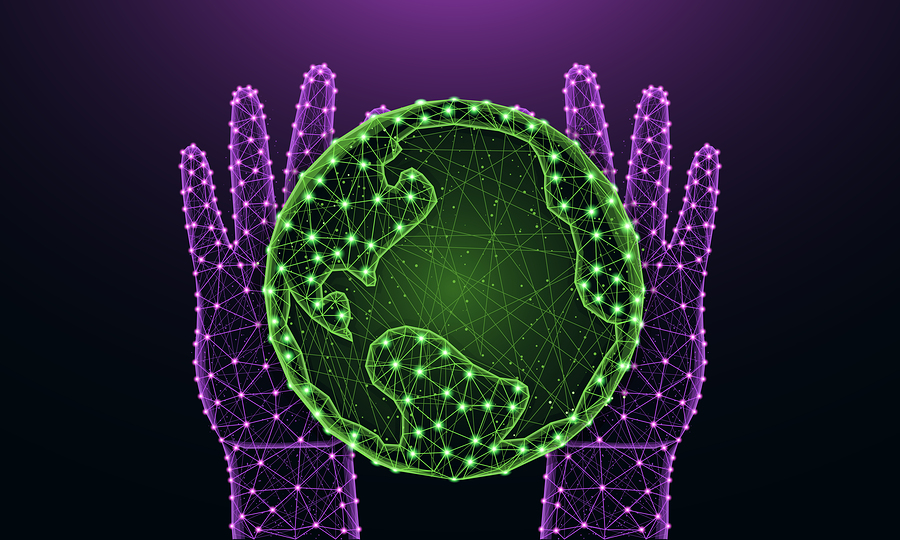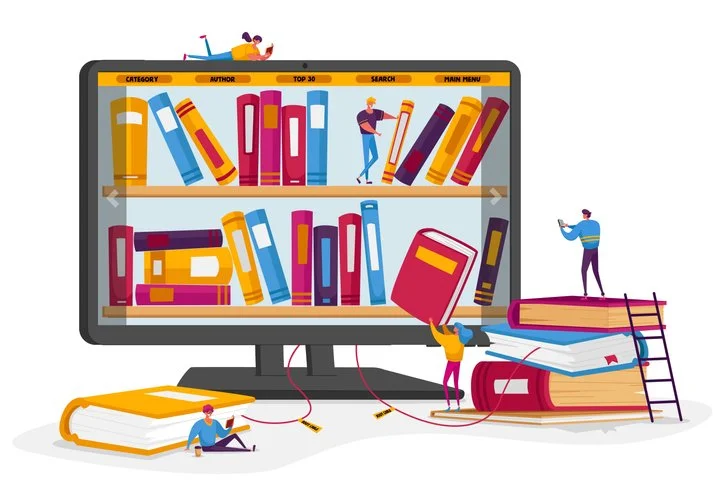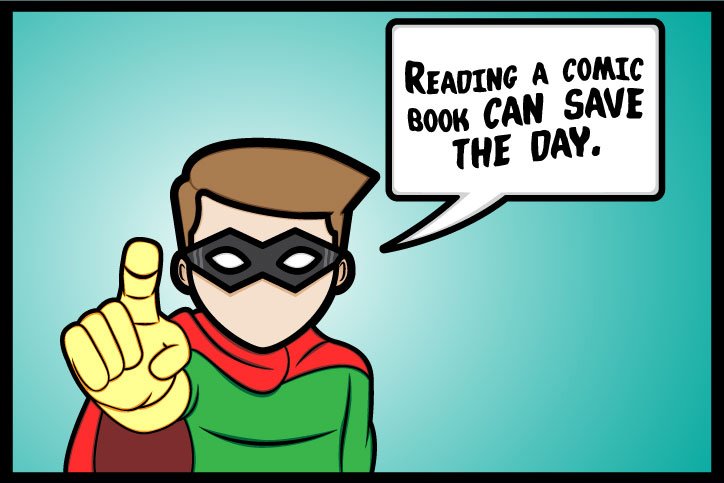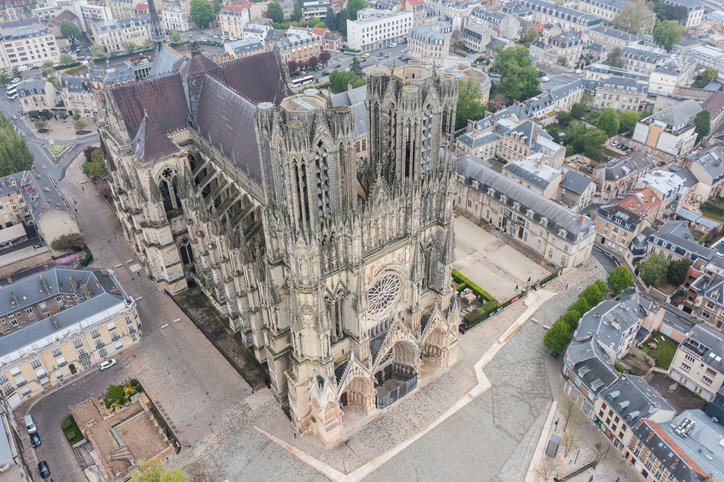“The exploration of possible future scenarios, both desirable and undesirable, encourages the development of critical thinking.”
Do you know someone who designs futures? What do we mean by futures studies? Science fiction or some practice in the realm of the imaginary, outside of reality, probably came to mind. However, over the past few years, numerous research groups across the world have proved that the practice of futures studies is necessary to develop critical thinking, in the exploration of possible future scenarios, both desirable and undesirable. It also enables us to visualize the steps and the decisions we can take to either achieve or avoid such situations.
Internet Age Media (IAM) is an independent multidisciplinary research group comprised of creative individuals from a variety of fields, such as science, design, education, philosophy, technology, human rights, and digital art.
IAM’s objective is to examine the future of posthumanism, a concept that emerged in science fiction and questions what lies beyond human existence, for example, artificial intelligence, cyber identity, and biotechnologies. In this regard, IAM explores posthumanism specifically concerning the field of the Internet as a platform where new territorial possibilities, communities, and open policies are generated.
“The Internet Age Media (IAM) group seeks to rethink migration strategies, climate justice, citizenships, cultural innovation, and creative economies, among other solutions; by means of research, reflection and the collective imagining of scenarios that will help to measure the complexity of the global issues we face.”
Importantly, IAM’s objective is not to find answers, but rather to ask the right questions, such as: How can we improve social inclusion? How can we rethink the ethical use and design of technology? How can we design futures by incorporating the voices of others who will help to diversify, pluralize, and assure inclusive scenarios to which each and every one of us will have access?
Quantumness of Archipelagos is a concept used by IAM to describe the identity of collective transdisciplinary thinking. Quantum describes something that is not determined by its measurement since this measurement comes from an indeterminate physical quality. The same phenomenon can exist in different places at the same time, which is where chance and probability come into play. An archipelago is a group of islands. Therefore, it could conceptually refer to something that was generated in an organic, random way and represents the possibility of a connection as a result of closeness. Transdisciplinarity exists in IAM and, therefore, in the adaptive quality of collectiveness to infuse the same critical thinking in different areas.
Ethical discussions on posthumanism and the active practice of future scenario design offer an excellent complement for our academic activities. One of the aims of my teaching activity is for students to generate a more critical and holistic vision of their context. As teachers, we must ensure that younger generations develop solutions to the challenges of the future, implying that students should adopt a critical stance when asking questions about their reality.
The leading proponents of futuristic thinking and members of the IAM collective are:
-
James Beacham. As a member of the European Organization for Nuclear Research (CERN) scientific community, he addresses theories of the expansion of the universe and the diverse existing worlds. He claims that there is life in other universes (which we will probably never see) and puts forward the possibility of universes that are parallel to our own. His proposed ethical conclusion is: “We are all members of the same universe.” Although it might seem obvious, this phrase does not reflect current ideologies in terms of migration and the issue of alienated, repressed cultures and races.
-
Renata Ávila. Activist and expert human and digital rights lawyer. In her book Digital Colonialism, she shares her research on digital corporations’ trend of gathering users’ data, jeopardizing not only user privacy, but also sovereignty and democracy by gauging and influencing citizens’ political decisions. Ávila sees this as a new form of colonialism since populations that do not yet have access to networks are now the disputed territories of large digital corporations which seek to incorporate these communities into their digital feudalism, obtaining data and behavior patterns facilitated by artificial intelligence and automatic learning. Democracy cannot exist where there is manipulation.
-
Rasheedah Phillips. Co-founder of Black Quantum Futurism. She addresses the role played in the speculative design of scenarios by the inclusion and segregation of social classes. In other words, designing futures for the few results in the problem of exclusion. Who will have access to these futures? According to Phillips, time is a linear, cyclical notion that can also be associated with technology. Nevertheless, we should disassociate progress toward the future from technology, since time is something to which we all have access, while technology will always depend on those who have enough monetary value to acquire it.
Futures design is a practice that should be developed as a transdisciplinary transversal competency using pattern and trend interpretation methodologies in a constant critical thinking exercise on the past and the present, giving students the capacity to identify possible future scenarios and chart the course to reach them.
About the author
Claudia Garza (claudia_garza@tec.mx) is the director of the B.A. Digital Art program at Tecnológico de Monterrey Campus Guadalajara. She holds an M.A. in Research in Creative Arts from Universidad Complutense de Madrid.
This article from Observatory of the Institute for the Future of Education may be shared under the terms of the license CC BY-NC-SA 4.0 
)
)












)